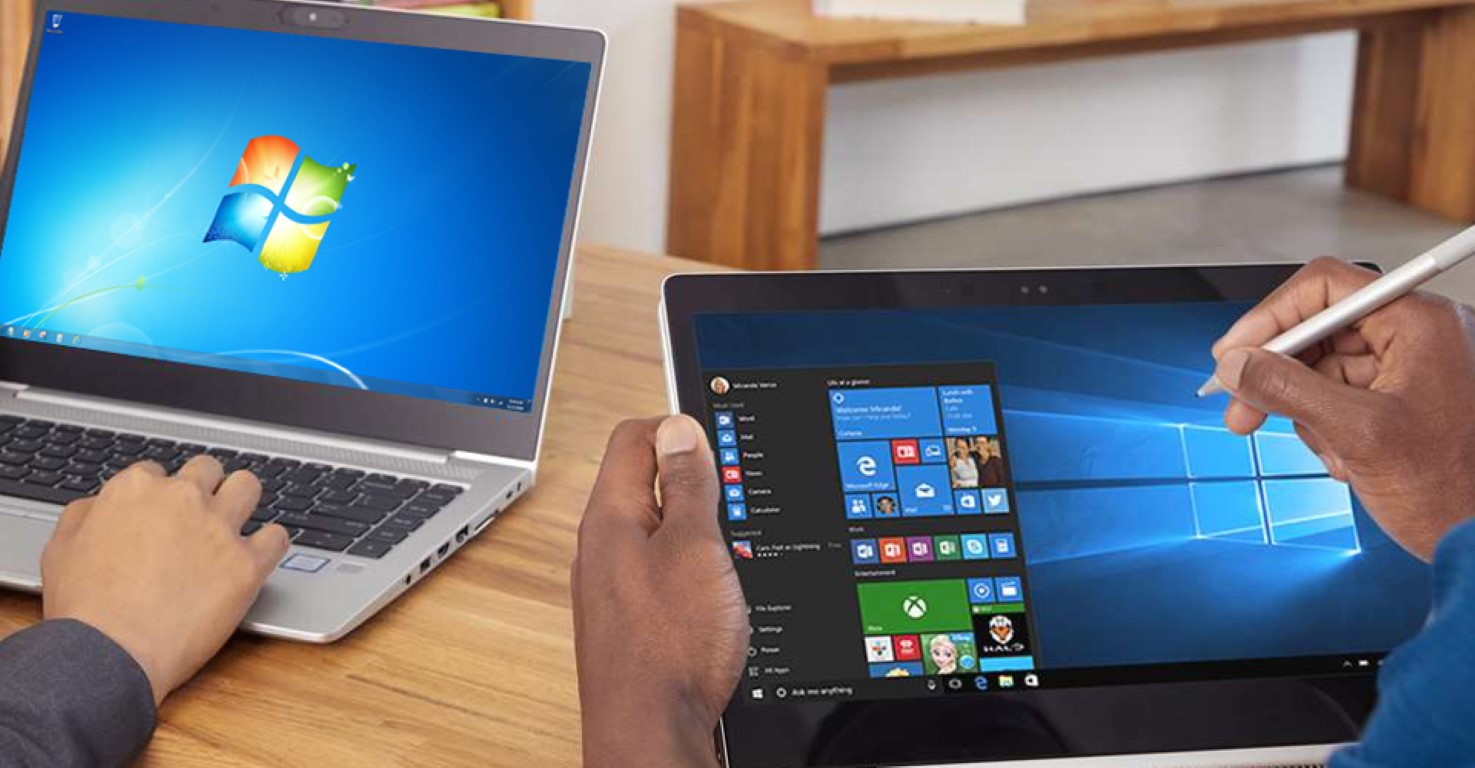
Microsoft has publicly announced January 14, 2020, as the end date for extended support, also known as End of Life (EOL), for the Windows 7 operating system. As of this date, Microsoft will no longer produce any patches or updates to address known or otherwise newly discovered issues for the Windows 7 platform. This potentially exposes users of devices with the Windows 7 operating system to vulnerabilities that could potentially be exploited by threat actors—exploits, bugs, viruses, and ransomware.
So, if you’re one of the 40% of global organizations still using Windows 7 as your main operating system, we’d like to help you successfully migrate off of Windows 7.
Prepare and Plan
We will conduct an audit of your technology assets to determine if there are Windows 7 devices and other soon to be unsupported hardware or software components in use. To migrate successfully, devices need to have a minimum hardware specification to run Windows 10 at a productive level. We’ll provide a detailed report showing you which devices are running Windows 7, Office 2010, how old they are and if replacing or upgrading is the right strategy.
Successfully Migrate
Once we determine the right path, we can automate the migration process using our cloud-based remote monitoring, and management solution, to perform the upgrade process. This will take place with little to no impact on your day-to-day operations. Should your organization need to follow a replacement path: typically the Windows 7 replacement will consist of a Microsoft Windows 10 primary device, Office 365 ProPlus and other upgraded lines of business applications all deployed by our service delivery team.
How You Benefit
Our top priority with this migration is to minimize security vulnerabilities and help you avoid major downtime. We appreciate that this introduces change in your organization and requires an investment of both time and money. We can help you with educating your employees to help minimize any disruption and make recommendations so you can make the best decision— upgrade or replace—for your business outlining the costs and implications of both scenarios.
There is a silver lining with this migration: Microsoft plans to make Windows 10 the ‘last’ Windows. You won’t ever need to upgrade to a new operating system again. Incremental updates will happen behind the scenes without major upheaval and with no costly and difficult upgrades.
Contact Us
If your business is still using Windows 7, let us prepare you for Windows 7 EoL and determine the best strategy for migrating to a new system. We want to help you, reach out today.
Share this entry
-
Share on Facebook
Share on Facebook
-
Share on Twitter
Share on Twitter
- Share on Google+
-
Share on Pinterest
Share on Pinterest
- Share on Linkedin
- Share on Tumblr
- Share on Vk
- Share on Reddit
- Share by Mail
Subscribe to our Newsletter
Don’t miss out on the latest news from Entech. Submit your e-mail to subscribe to our monthly e-mail list.
.png?width=360&height=300&name=Logo%20(2).png)









